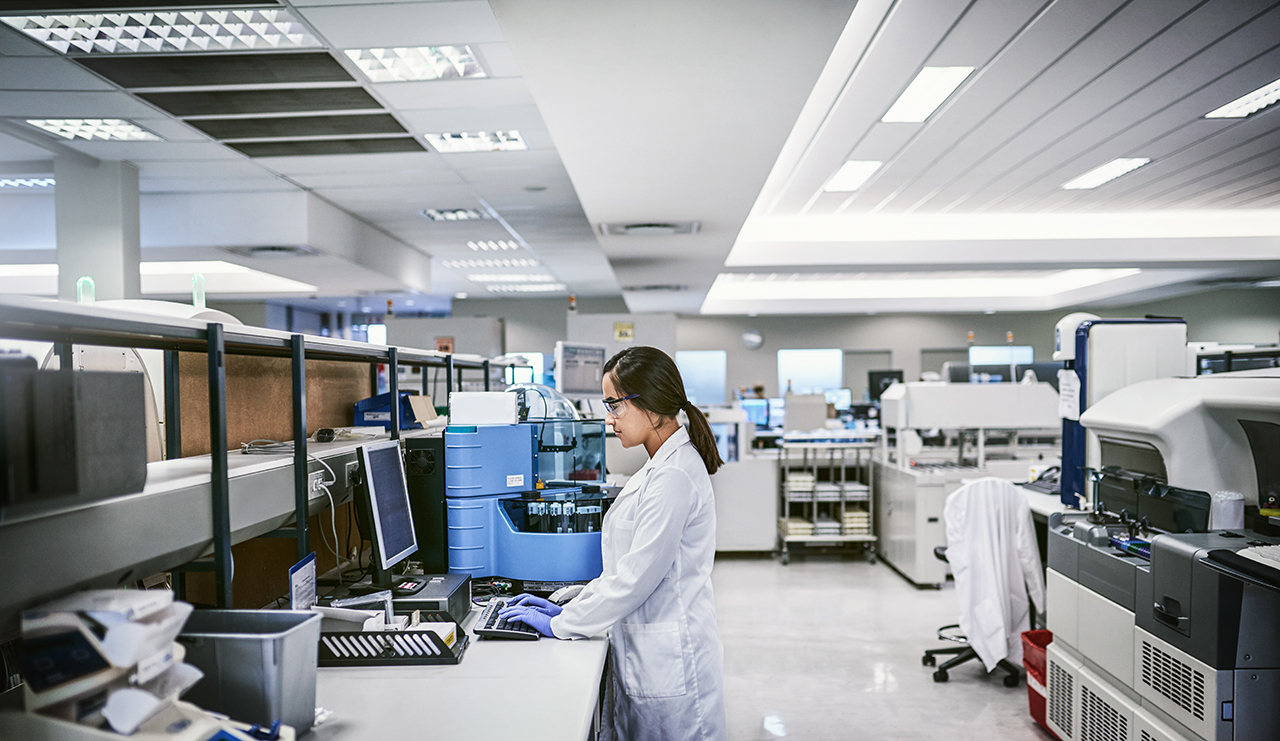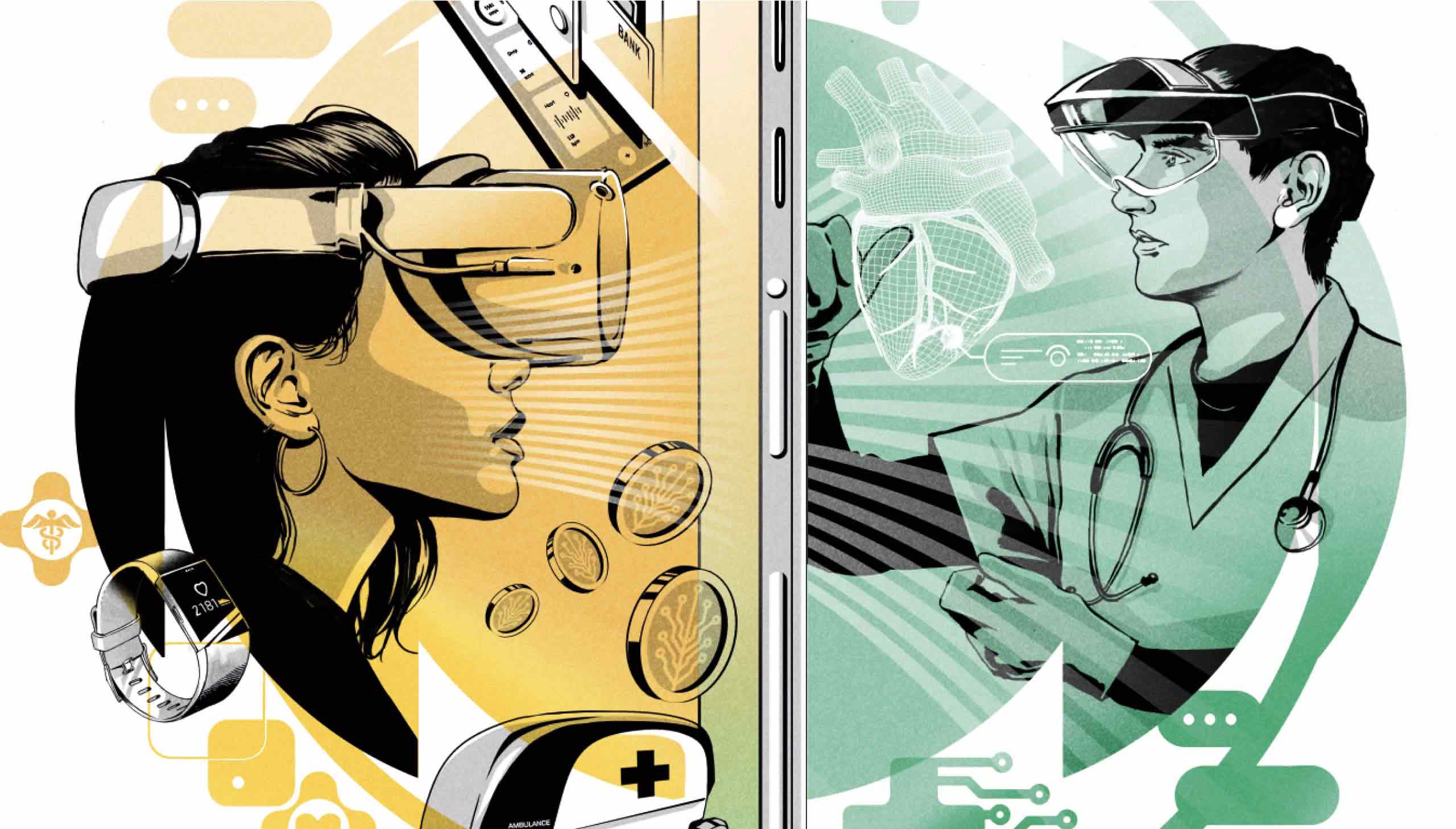The interconnected health care financial ecosystem
Health care is more than bedside care. Leverage J.P. Morgan’s cross-sector expertise, including actionable insights, specialized data and integrated solutions to help you grow.
Digital health
Keep patient information secure and prevent fraud in a digital-first health care landscape.
Payers
Deliver seamless payments and digital solutions for members, providers and employer groups.
Providers
Simplify billing, streamline insurance communications, and eliminate paper-based processes.
Manufacturers
Modernize back-office operations, manage supply chain finance, and bring intuitive payment solutions to B2B relationships.
Stay informed with health care industry research
JPMorganChase Institute health care research
The JPMorganChase Institute publishes timely research to better understand the financial impact of health care costs on consumers and businesses.
“Trends in Healthcare Payments” annual report
Every year, this data-driven report dives into the trends impacting healthcare payments. The trends show a need to modernize payments with digital innovation.
The future of health care payments
Health care experts weigh in on how health care businesses can deliver better care through improved processes, payments and strategies.

Markets and Economy
Biopharma, medtech activity diverges in Q3 2025
October 15, 2025
Our Biopharma and Medtech Licensing and Venture Reports explore upfront cash, mergers, acquisitions and other trends seen in the third quarter of 2025.
READ MOREGet in touch
Hide
Get in touch
Hide
Industry solutions for health care

Industry solutions for health care
Health care payment solutions
InstaMed is a bank-owned fintech with a focus on health care receivables and revenue cycle.
Cybersecurity
Protect sensitive information and proactively prevent cyberattacks.
Commercial card
Manage business expenses with flexible commercial card programs.
Integrated payables
Simplify payables to lower costs, decrease risk, and reduce paper-based processes.
Investment banking
Health care-specific investment banking solutions include M&A, capital raising and risk management.
Treasury consulting
Industry consultants align with your short- and long-term goals and develop a holistic strategy.
Latest insights for health care

Payments
Nov 21, 2025
Digitalized healthcare and the ‘Internet of Medical Things’ is here—and it’s going to make access to health systems far more seamless and accessible. It’s a huge opportunity
Read more
27:55 - Treasury
Healthcare’s new normal: accelerating adoption of contactless and digital experiences
This podcast was originally published on PYMNTS.com.
Listen now
Corporate Responsibility
Lessons learned: Business insights from women leaders
May 09, 2023
We asked business owners and leaders to share the strategies, priorities and principles they’ve embraced throughout their entrepreneurial journey.
Read more